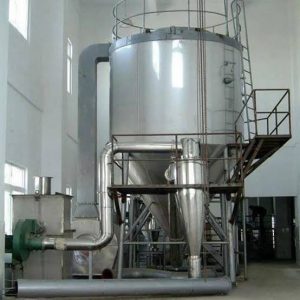Description
PA UV-Visible Spectrophotometer (often called UV-Vis) is an analytical instrument that measures the absorbance or transmittance of ultraviolet (UV) and visible light by a sample. It’s widely used in chemistry, biology, environmental science, and materials science for qualitative and quantitative analysis.
???? Principle
-
Samples absorb light in the ultraviolet (190–400 nm) and visible (400–700 nm) ranges.
-
The amount of light absorbed at specific wavelengths correlates with concentration and molecular structure.
-
Based on the Beer–Lambert Law:
A=log10(I0I)=εclA = \log_{10} \left(\frac{I_0}{I}\right) = \varepsilon c l
where
AA = absorbance,
I0I_0 = incident light intensity,
II = transmitted light intensity,
ε\varepsilon = molar absorptivity,
cc = concentration,
ll = path length.
???? Main Components
| Component | Function |
|---|---|
| Light Source | Deuterium lamp (UV) + Tungsten halogen lamp (Visible) for broadband coverage. |
| Monochromator | Prism or diffraction grating separates light into individual wavelengths. |
| Sample Holder | Cuvette holder, often with temperature control. |
| Detector | Photodiode, photomultiplier tube, or CCD array to measure transmitted light. |
| Display/Computer | Shows spectra, absorbance values, and controls scan parameters. |
???? Key Specifications
| Parameter | Typical Range / Value |
|---|---|
| Wavelength Range | 190–1100 nm (UV-Vis-NIR instruments go beyond) |
| Wavelength Accuracy | ±0.5 nm or better |
| Bandwidth | 1–5 nm (spectral resolution) |
| Photometric Range | 0 to 3 Absorbance units (AU) |
| Stray Light | <0.05% typical |
| Scan Speed | Adjustable (nm/min) |
???? Applications
-
Quantitative analysis of compounds (nucleic acids, proteins, dyes)
-
Kinetic studies (reaction rates)
-
Purity testing (pharmaceuticals)
-
Color measurement (paints, inks)
-
Environmental testing (water contaminants)
-
Material characterization (semiconductor band gap, nanoparticle plasmonics)
????️ Types of UV-Vis Spectrophotometers
| Type | Description |
|---|---|
| Single Beam | Measures sample absorbance by comparing with a reference measurement; simpler and cheaper. |
| Double Beam | Simultaneously measures sample and reference beams; compensates for source fluctuations and improves accuracy. |
| Array (Diode Array) | Uses a fixed diffraction grating and detector array for rapid full-spectrum acquisition. |
⚙️ Typical Workflow
-
Calibrate wavelength and baseline with blank solvent.
-
Insert sample cuvette (usually quartz for UV).
-
Select wavelength or scan range.
-
Measure absorbance or transmission.
-
Analyze data for concentration or spectral features.






Reviews
There are no reviews yet.